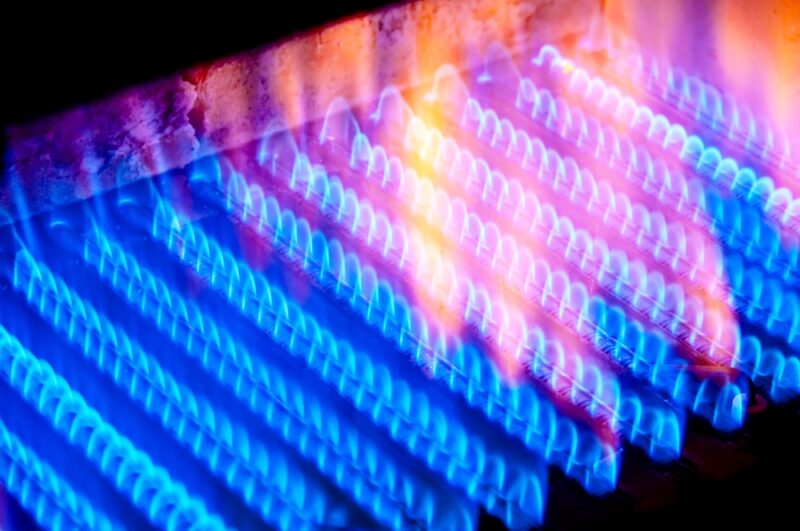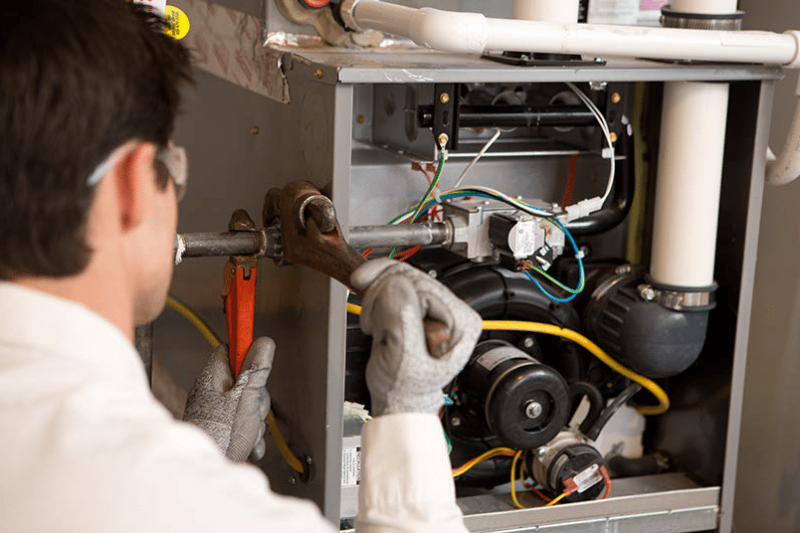Maintaining a warm and inviting home during the colder seasons heavily hinges on the proper functioning of a furnace. Like any other household appliance, furnaces are susceptible to wear and tear over time, potentially leading to breakdowns and malfunctions. In such instances, possessing a basic understanding of furnace repair can be invaluable, saving homeowners from discomfort and unnecessary expenses. This article delves into essential insights and tips for Home Furnace Repair, focusing on general and informative content.
Understanding the Fundamentals
Before embarking on any repair work, it’s crucial to comprehend the fundamental components of a furnace. Typically, a furnace consists of a burner, heat exchanger, blower, thermostat, and ductwork. Familiarizing oneself with these components can aid in more accurately diagnosing potential problems.
Common Issues and Solutions
-
Insufficient Heat
When a furnace is running but fails to produce adequate heat, there are various potential causes. Homeowners should commence troubleshooting by verifying the thermostat settings to ensure accurate adjustments. Additionally, inspecting air filters for dirt and debris is essential, as clogged filters can restrict airflow, diminishing heating efficiency.
-
Noisy Operation
Unusual noises, such as banging, rattling, or squealing emanating from a furnace, may signify underlying issues. Loose or damaged components, such as belts, bearings, or motor mounts, could be the culprits. Homeowners should carefully inspect these parts and tighten or replace them as necessary.
-
Constant Cycling
Frequent on-and-off cycling of a furnace might result from a malfunctioning thermostat, dirty air filters, or ignition system issues. Cleaning or replacing air filters and ensuring proper thermostat calibration often resolve this issue. It is advisable to seek professional advice if issues continue.
-
Pilot Light Issues
For gas furnaces, a malfunctioning pilot light can disrupt the heating process. Homeowners should check for obstructions in the gas line and ensure the gas supply is turned on. Additionally, following the manufacturer’s instructions to safely relight the pilot light is crucial.

DIY Maintenance Tips
Regular maintenance is pivotal in preventing furnace problems and extending its lifespan. Homeowners can adopt the following DIY tips:
- Clean or replace air filters every 1-3 months to maintain proper airflow and heating efficiency.
- Keep the area around the furnace clear of debris and clutter to prevent airflow obstructions.
- Regularly inspect the exhaust flue for blockages or damage and clear any obstructions to prevent carbon monoxide buildup.
- Annually lubricate moving parts such as bearings and motor shafts to reduce friction and wear.
- Test the thermostat regularly to ensure accurate temperature readings and proper functionality.
When to Seek Professional Help?
While DIY maintenance can address minor issues, some furnace problems require professional expertise. Homeowners should consider contacting a qualified HVAC technician in the following scenarios:
- Persistent or recurring issues despite DIY troubleshooting.
- Gas leaks or strong odors emanating from the furnace.
- Electrical malfunctions, such as frequent tripped circuit breakers or burnt-out wiring.
- Concerns regarding carbon monoxide leaks or indoor air quality.
Choosing a reputable HVAC company with certified technicians ensures prompt and reliable furnace repairs while prioritizing safety and efficiency.
In conclusion, possessing a foundational understanding of home furnace repair empowers homeowners to address minor issues and maintain optimal heating performance during winter. Implementing regular maintenance practices and recognizing when professional assistance is necessary ensures a warm and comfortable home environment for all residents.

